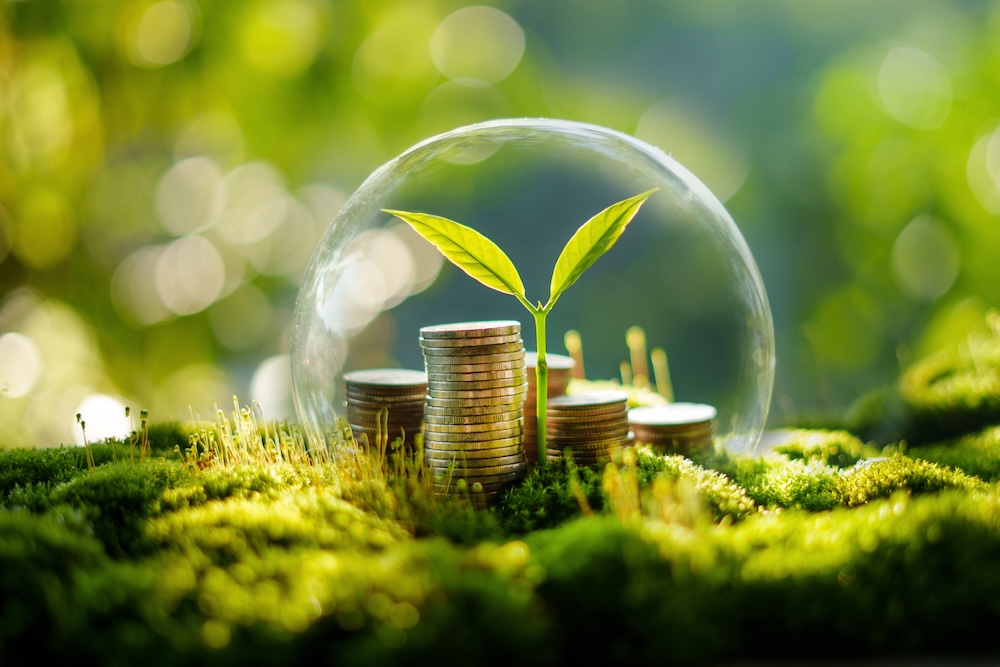Money shapes the world we live in. Every investment, loan, or insurance policy directs resources toward certain industries and away from others. For decades, much of finance has prioritized short-term profit at the expense of people and the environment. Sustainable finance flips this model. By aligning financial flows with climate goals, social equity, and responsible governance, it becomes a tool for building a healthier planet and a fairer economy.
What Is Sustainable Finance?
Sustainable finance refers to integrating environmental, social, and governance (ESG) considerations into financial decision-making. Instead of focusing solely on returns, it evaluates whether investments:
- Support the transition to low-carbon energy.
- Protect ecosystems and natural resources.
- Uphold labor rights and community well-being.
- Operate transparently and responsibly.
This approach channels capital into businesses and projects that deliver long-term value for society as well as shareholders.
How Sustainable Finance Supports a Healthier Planet
Redirecting Capital Toward Clean Energy
Trillions of dollars are still invested in fossil fuels. Sustainable finance shifts these funds toward renewable energy, energy efficiency, and clean technologies. This reduces emissions while accelerating the transition to net zero.
Protecting Natural Capital
Sustainable finance frameworks encourage lending to projects that conserve forests, restore wetlands, or protect biodiversity. For example, green bonds often fund climate-resilient infrastructure or ecosystem restoration.
Managing Climate Risk
Financial institutions increasingly recognize that climate change is a systemic risk. Insurance payouts, stranded assets, and disaster-related losses create real economic costs. By pricing carbon and factoring climate risk into lending, sustainable finance helps safeguard both portfolios and the planet.
How Sustainable Finance Supports a Fairer Economy
Driving Social Equity
Investments are powerful levers for change. Sustainable finance prioritizes access to affordable housing, healthcare, and education, particularly for underserved communities. Social bonds, for example, are designed to fund these initiatives.
Upholding Labor and Human Rights
By screening for fair labor practices and excluding exploitative industries, sustainable finance sends a clear signal that companies must respect workers and communities if they want access to capital.
Building Resilient Economies
Financial systems that account for environmental and social risks are more stable over time. They reduce boom-and-bust cycles tied to unsustainable practices and ensure that growth does not come at the cost of exploitation or degradation.
What’s Changed in Recent Years?
- Policy momentum: The EU’s Sustainable Finance Disclosure Regulation and U.S. SEC climate disclosure rules are raising accountability.
- Market growth: Global ESG assets are projected to exceed $40 trillion by 2030, reflecting demand for values-aligned investing.
- Public pressure: Investors and citizens are calling on banks and funds to divest from fossil fuels and support social justice.
FAQs
Does sustainable finance mean lower returns?
Not necessarily. Studies show ESG-aligned portfolios often perform as well or better than conventional ones over the long term, due to lower risk exposure.
How does it differ from traditional finance?
Traditional finance prioritizes profit without considering environmental or social costs. Sustainable finance balances financial returns with positive impacts.
Can small investors participate?
Yes. Mutual funds, ETFs, and retirement accounts increasingly offer sustainable investment options accessible to individuals.
Final Thoughts
Sustainable finance is more than a buzzword — it’s a strategy for aligning capital with the needs of both people and the planet. By channeling investments into renewable energy, equitable housing, and responsible businesses, finance becomes a driver of systemic change.
Small shifts — choosing a sustainable investment fund, supporting banks that divest from fossil fuels, or advocating for transparent disclosures — create ripples across global markets. Those ripples grow into waves, shaping a financial system that values long-term resilience, fairness, and environmental stewardship.









Reader Interactions